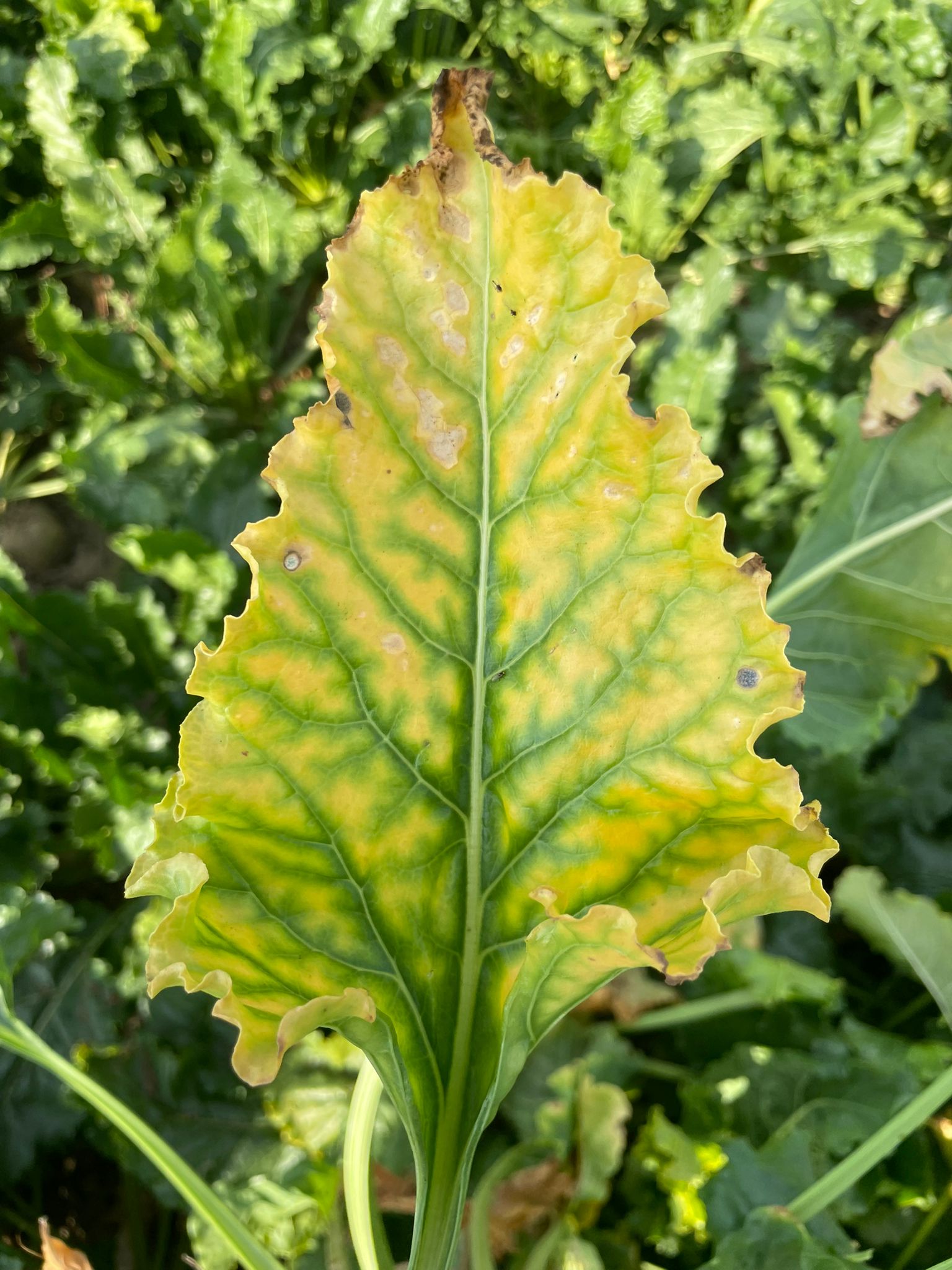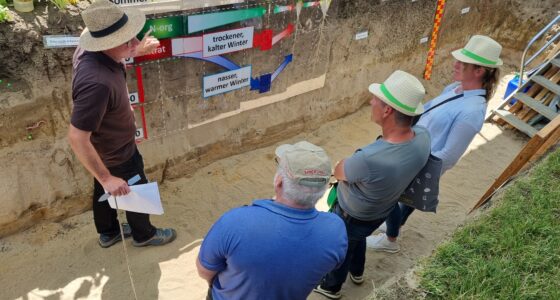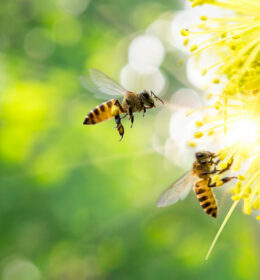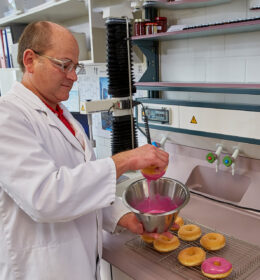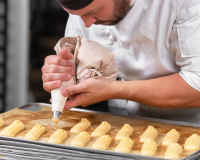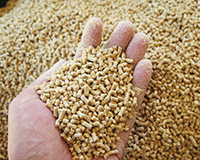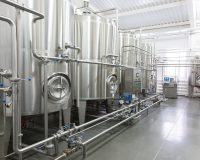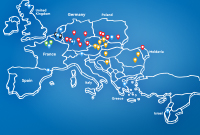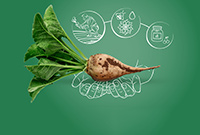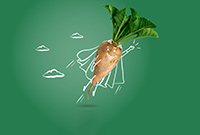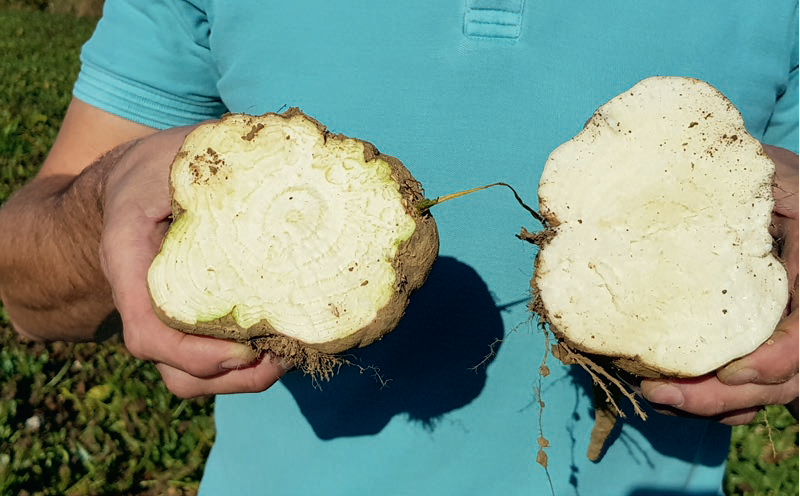
Challenge for Beet Growers and the Sugar Industry: Südzucker Joins Forces to Combat SBR
Sugar beet sowing for the next campaign is about to begin. Sugar beet growers face many challenges today: The phasing out of more and more crop protection products, increased political requirements and restrictions, and a rise in agronomic problems are just some of them. Of particular concern is the spread of Syndrome Basses Richesses (SBR), a beet disease that negatively impacts beet quality and yield, particularly in terms of sugar content. SBR, which continued to spread in the 2023 crop year, particularly in southern Germany. Last autumn, Südzucker has been part of a task force that aims to combat SBR quickly and effectively since the new beet growing season is about to start.
SBR is a bacterial infection transmitted to sugar beets by cicadas. There are two types of SBR (SBR proteobacterium and Stolbur phytoplasma). The Stolbur phytoplasma variant is already known from potato cultivation under the name “Stolbur”. A sugar beet infected with Stolbur phytoplasma shows wilting, dying leaves, the beet root is rubbery (rubber beet) and can also rot in severe cases. A sugar beet affected by the proteobacterium has a low sugar content, yellow leaves and brown vascular bundles. Both pathogens had a negative effect on beet yield in 2023.
The reed glasswing cicada is responsible for the transmission of the disease. It is thought to have entered Germany and Switzerland via France. The original habitat of the insects is reeds in bogs and wetlands; reeds are the natural host plant. The cicadas are taking advantage of warmer temperatures in Germany due to climate change and are using sugar beets as host plants. In addition to Germany, other European countries are affected by SBR and the disease continues to spread.
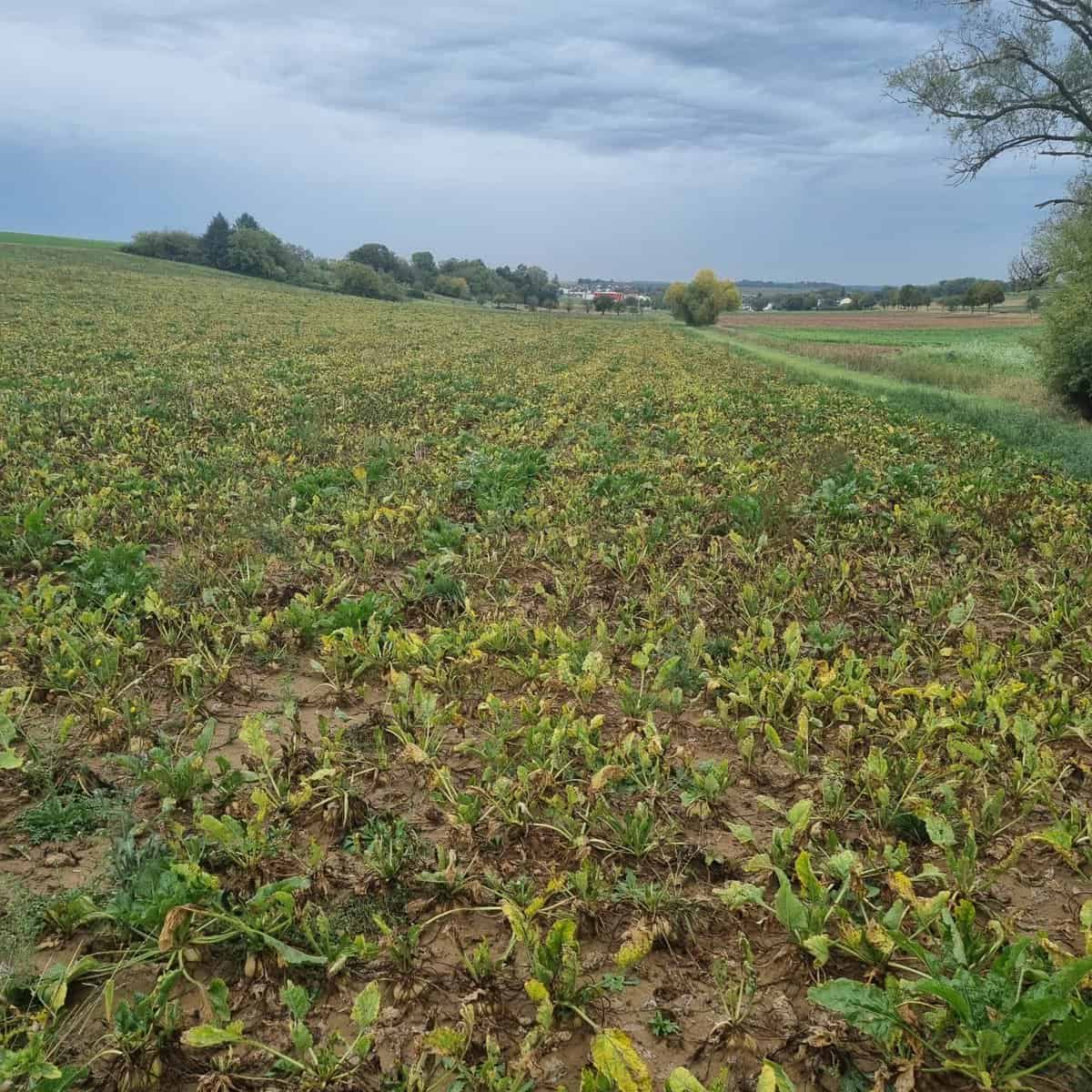
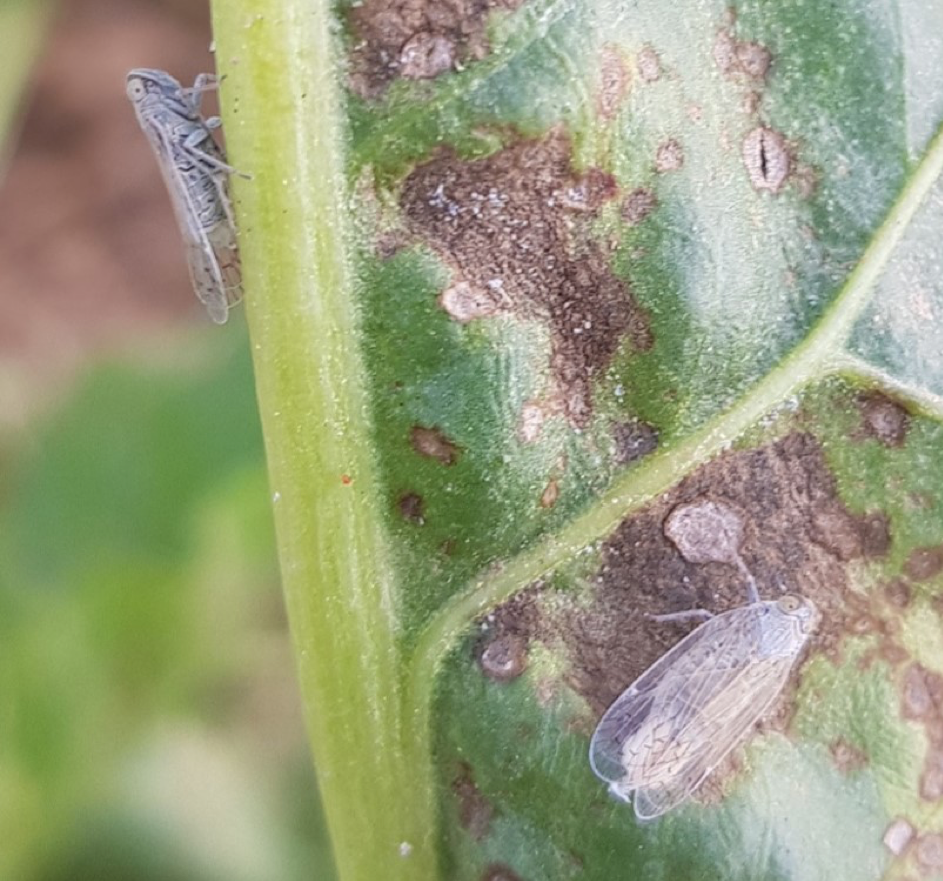
Südzucker, grower associations and many other research institutions have been conducting intensive research into control options for several years. In order to make research even faster and more effective, in October 2023 Südzucker set up the SBR Task Force under the umbrella of the Board of Trustees for Experimentation and Advice in Southern German Sugar Growing. The task force coordinates research and trial topics and accelerates the provision of the necessary funding. An important function of the task force is to network with key players such as the Julius Kühn Institute, universities, ministries, the crop protection industry and the potato industry, which is also affected by Stolbur.
The SBR model regions established in 2023 are an important step towards putting the research results into practice. The model regions will test the findings from research projects on a large scale and in practice. The aim will be the reduction of the cicada population in the selected areas and the development of practical measures. The model regions are located in the hotspot regions of southern Germany, and are affected to varying degrees by the two SBR varieties.
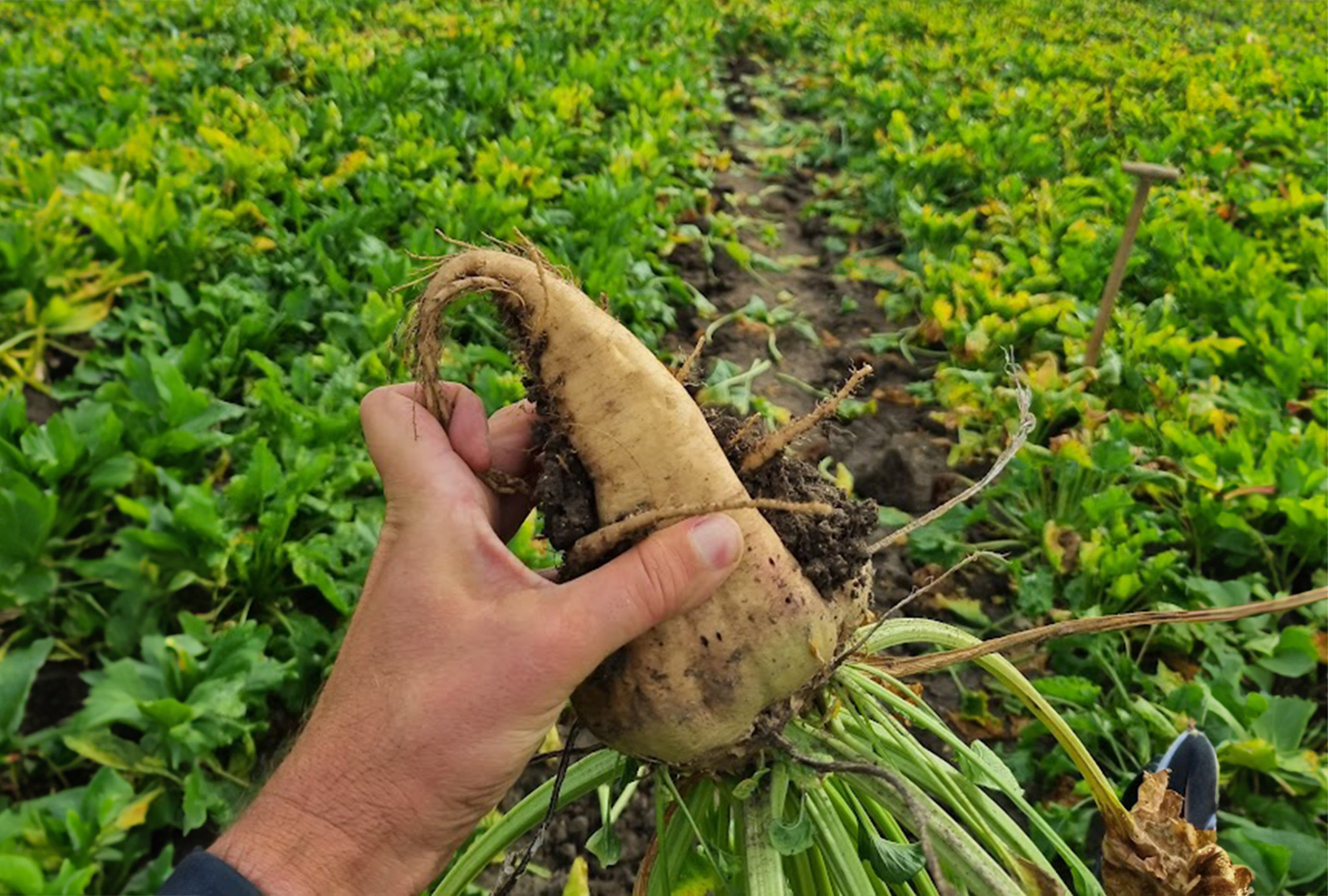
The use of SBR-tolerant varieties, which have a positive effect on sugar content and yield, is an important component of SBR control. Analyses of SBR variety trials from the 2023 crop year have shown that the SBR-tolerant varieties gave the best harvest results at least for the pathogens proteobacterium.
Dr Georg Vierling
Director, Head of Beet Cultivation and New Plants, Südzucker AGThe aggravated situation at SBR last year has prompted us to set up the SBR Task Force in addition to our ongoing research. We want to bundle and accelerate all activities relating to SBR. We hope to make significant progress in combating SBR in these regions. The findings from our model regions are particularly important for our growers, with whom we are in close contact. We hope to achieve initial successes in combating SBR this year with suitable measures.
Deeper tillage (20 cm and more) gave better results in mechanically reducing cicada nymphs than shallower tillage. The crops that follow also have an important role to play: In trials, maize or fallow instead of winter wheat as a subsequent crop after sugar beet was able to reduce a large proportion of the nymphs.
These include testing substances that stimulate the sugar beet’s defences. These now need to be confirmed in field trials. In the laboratory and in the field, deterring cicadas with repellents has also shown positive effects. The identification of natural enemies of both nymphs and adults, or the use of crop protection products for direct control of both nymphs and adults, is also a source of hope.
Growers can expect the disease to continue to spread, but an important contribution to the fight against SBR can also be made by beet growers. With their practical observations, they can support the work of the Task Force. Südzucker has called on its growers to report any specific observations they have made to the Südzucker beet department.
The taskforce promotes networking at all levels, from farmers and seed manufacturers and scientists, and the bundling of resources. The work of the SBR Task Force thus makes a significant contribution to keeping the damage to farmers as low as possible. Südzucker is continuing to deal intensively with the issue and is working hard to solve the problem. We are convinced that we will find a solution in the medium term.

